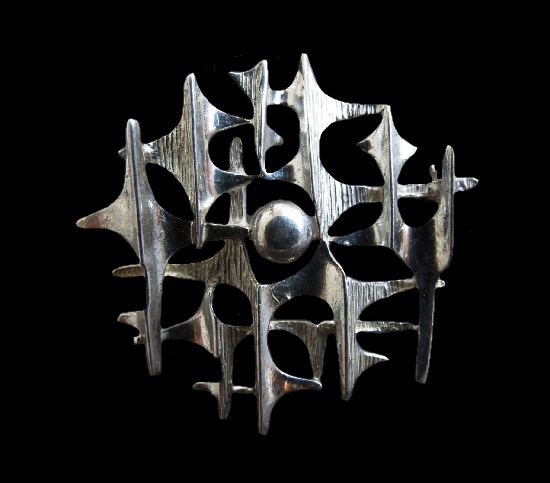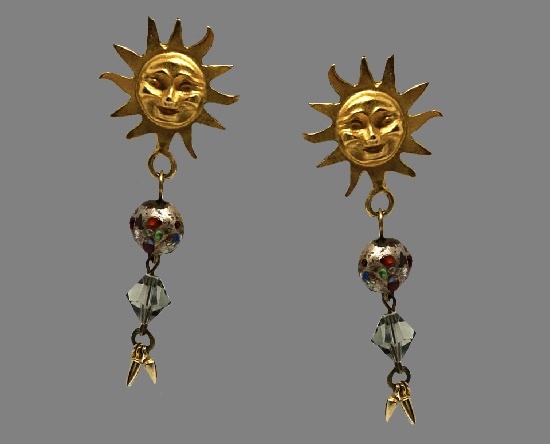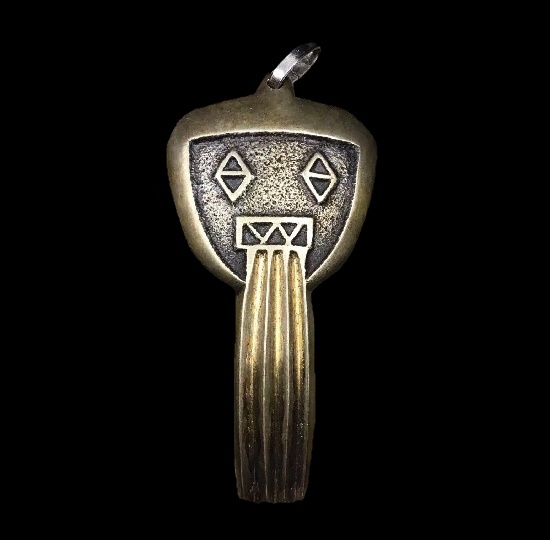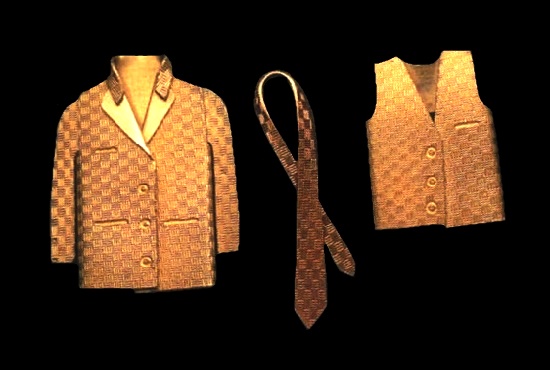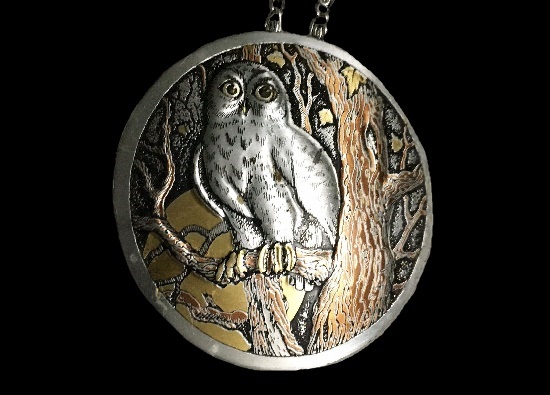Ward Brothers vintage costume jewelry

Symbolic thistle flower brooch. Sterling silver, art glass. 1960s. Ward Brothers vintage costume jewelry
Ward Brothers vintage costume jewelry
The history of the Scottish jewelry brand “Ward Brothers” began in the late 19th century in Glasgow. Handcrafted from sterling silver in Celtic, Victorian and Scottish style, the pieces had a symbolic meaning. For example, the Lucky Heather and Horseshoe designs were worn to attract good luck and success. Another traditional design is the thistle, an element of the Scottish coat of arms, symbolizing tenacity, tenacity, and resistance. According to belief, a thistle ornament is a powerful talisman that protects a person from damage and the evil eye.
Made with great craftsmanship, the company’s jewelry became very popular, and as a result, the company expanded its business. So, jewelry production began in Edinburgh and then in Birmingham. Traditionally, the craftsmen of this brand made jewelry from sterling silver, as well as using gold plating. Also, they used both natural stones – Scottish agate, and glass imitations of ruby, amethyst, zirconium and garnet.
Noteworthy, the markings on the back of the items differ, according to the year and place of production of the jewelry. In particular, the initials WBS, also the anchor mark of Birmingham, followed by the lion, and the year; the purity of gold or silver; Chester 1921 (for Ward Brothers); thistle with towers and letter B. The company ceased to exist in the 1970s and became the property of another British brand that still specializes in Celtic, Irish and Scottish style jewelry.
Read more »
